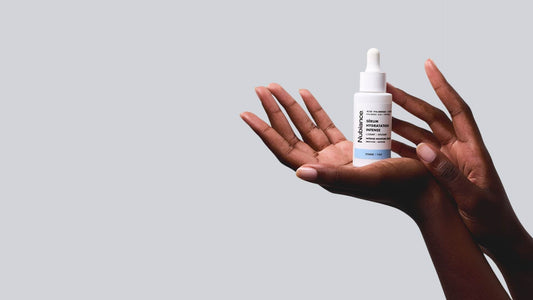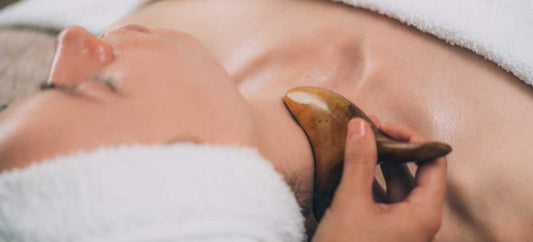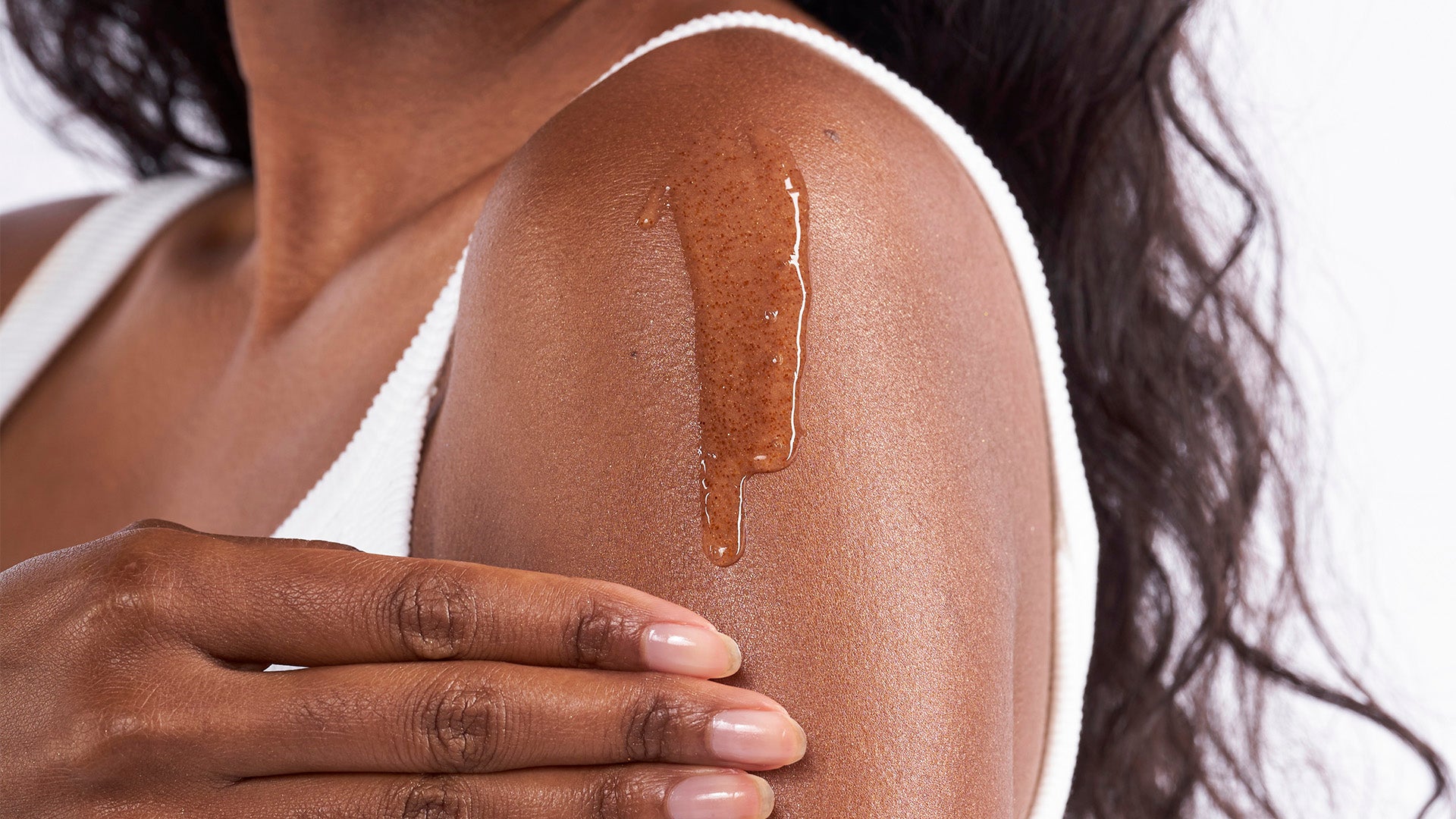
Ingrown hairs: symptoms and solutions?
Partager
Ingrown hairs are hairs that grow under the skin. They look like small pimples and can be painful. They affect both men and women equally, but usually appear in people who have curly, frizzy hair. Discover the characteristics of ingrown hairs : their symptoms , the areas where they appear and the treatments to make them disappear.
What is an ingrown hair?
An ingrown hair is hair that grows under the skin. It is embodied in two ways:
- It grows, but stays in the skin instead of coming out of the hair follicle (small opening that goes to the surface of the skin) outwards;
- They come out of the hair follicle outwards then curl up and re-enter the skin.
Ingrown hairs: symptoms
Ingrown hairs take the form of skin lesions. They cause irritation, small pimples sometimes filled with pus, itching, redness and inflammation which are sometimes accompanied by slight pain.
When left untreated, they can become infected and swell.
Some people tend to want to remove the ingrown hair with tweezers at the chin area, which is not a good idea. With use, they observe scars and spots of hyperpigmentation on the area where they removed the hair.
In addition, this practice promotes the growth of other hairs.

What causes ingrown hairs?
Various factors favor the appearance of ingrown hairs:
- The type of hair : men and women who have curly and frizzy hair are more likely to see them incarnate, because they grow corkscrew and horizontally;
-
The type of hair removal : shaving with a double or triple blade pulls the hair back and cuts it under the skin. By pushing back, it can take another direction and enter the skin.
Waxing or electric epilator methods involve shaving against the direction of hair growth. This increases the risk of an ingrown hair appearing;
- Skin type : ingrown hairs affect more people who have clogged pores;
- Wearing tight clothes: when the epidermis is subjected to friction, the skin becomes thicker or drier. As a result, the hair will have difficulty crossing the epidermis.
Where are the most ingrown hairs?
In women, the areas at risk of ingrown hairs are:
- At the level of the jersey because of the fact that it is subject to friction;
- On the legs and armpits , especially for people who wax every day;
- The chin in those who suffer from a hormonal imbalance.
In men, ingrown hairs are present on the beard and neck .

How do you know if an ingrown hair is infected?
An infected hair takes the form of a pimple with a white or yellowish head. In some cases, it can become painful, lose a lot of fluid and become a daily discomfort. It may be accompanied by fever.
This infection is mild, but it needs to be treated quickly so it doesn't get worse.
How to get out an ingrown and deep hair?
Removing a deep ingrown hair yourself is tempting, but not recommended. We recommend that you go to a health professional.
Usually, doctors remove the hair with a sterilized needle or an ingrown hair removal needle. He may prescribe antibiotic treatment to treat the infection.
In the meantime, we advise you to keep the area of the ingrown hair clean by applying tea tree essential oil daily. You can apply hot compresses for about ten minutes. The heat will facilitate the opening of the pores and thus help the hair to cross the epidermis.
Alternatively, you can turn to laser hair removal . The beam of light propelled by the machine will penetrate under the skin and destroy the hairs that are growing, as well as the ingrown hairs.
On the body, it will take 6 to 8 seasons to get rid of hair almost permanently and 8 to 10 sessions on the face.
How to avoid ingrown hairs?
It is possible to avoid the appearance of ingrown hairs by exfoliating once or twice a week on the areas you are epilating.
When you remove dead cells, the hair tends to pass through the skin more easily. It is best to do it before shaving or waxing.

If you are used to depilating with a razor , we recommend that you depilate in the direction of the hair growth. Then, moisturize your skin with a body milk to prevent it from being dry or irritated.
As much as possible, space out shaves and favor depilatory creams .
Finally, avoid wearing clothes that are too tight to reduce friction on the skin.
Ingrown hairs are benign, but need to be treated rigorously and carefully to prevent them from turning into cysts. Scratching the affected area with fingernails or tweezers at chin level is a bad idea. It's the best way to see scars appear and worse, more hair growth. Laser hair removal remains the most effective method for removing hair at the root.





